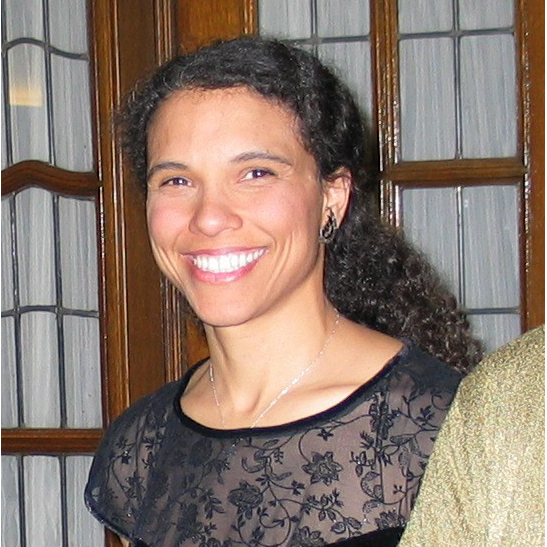Why do some people toss and turn during sleep if your body is "paralyzed" to keep you from reenacting dreams?
- Published25 May 2012
- Reviewed25 May 2012
- Author Gina Poe
- Source BrainFacts/SfN
Tossing and turning generally occurs during brief arousals from sleep during the night. Before each repositioning movement, the cortical EEG signals go from large slow activity of the sleep state, to the low voltage fast activity of the awake individual, but will only do so briefly before the person shifts position and falls back asleep. Because there is sleep inertia, which causes most people not to remember what happens in the last few minutes of consciousness before sleep, most people do not remember moving around during the night unless their arousal lasts longer than a few seconds. Once asleep again, people will not toss or turn under normal conditions.
The paralysis of sleep only occurs during the state of rapid eye movement (REM) sleep. REM sleep recurs about every 90 minutes and lasts an average of 15-20 minutes, but varies greatly depending on the time of night, increasing as morning approaches. During REM sleep, the motor cortex sends out a barrage of motor commands to the spinal cord, just as they do during waking movements. However, despite descending commands to move, motor neurons in the spinal cord are actively inhibited during REM by a set of local, glycine-containing inhibitory interneurons, preventing us from acting out our dreams and thereby temporarily and reversibly paralyzing us so that we do not act out our dreams.
Sleep apnea, where the airway becomes relaxed to the point of closing, causes many more brief arousals as the carbon dioxide (CO2) signals build in the bloodstream, are sensed by the brainstem, and the person awakens briefly to reestablish enough muscle tone to open the airway to breathe again. People with sleep apnea can have hundreds of such brief microarousals each night and not remember them, though they are accompanied by sometimes violent jerks.
BrainFacts.org welcomes all your brain-related questions.
Every month, we choose one reader question and get an answer from a top neuroscientist. Always been curious about something?
Please submit your question by filling out this form.







